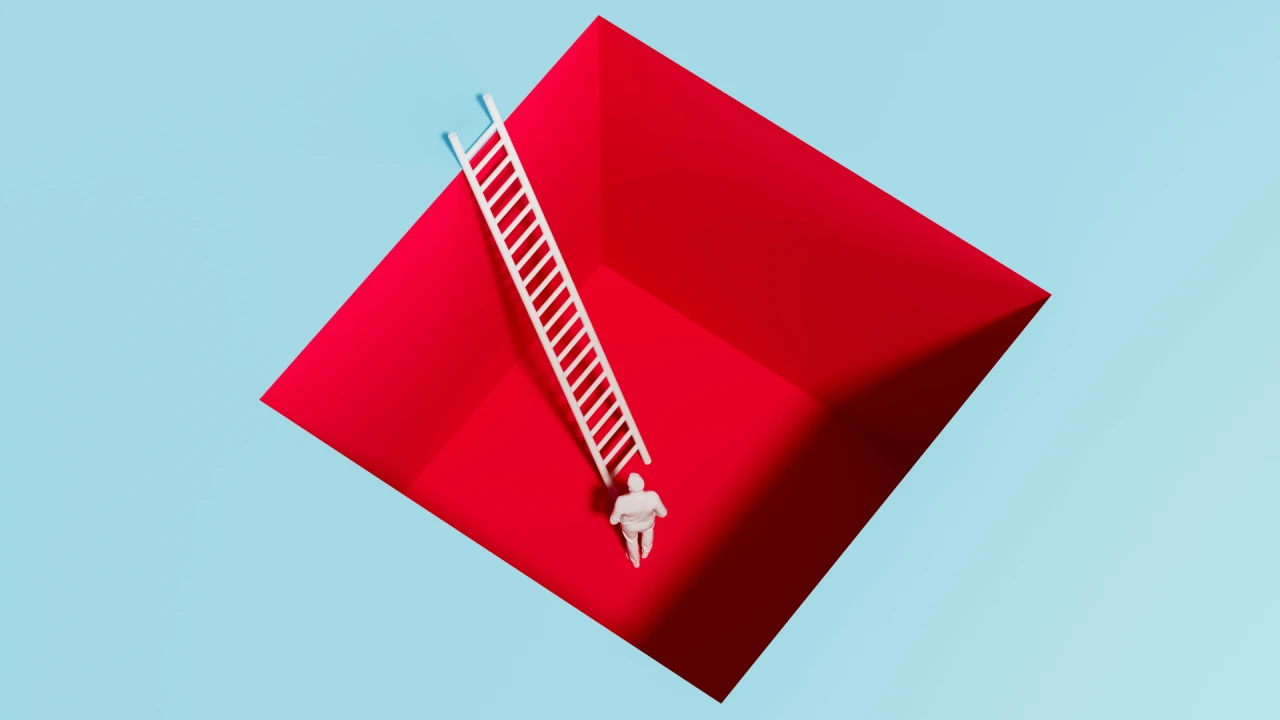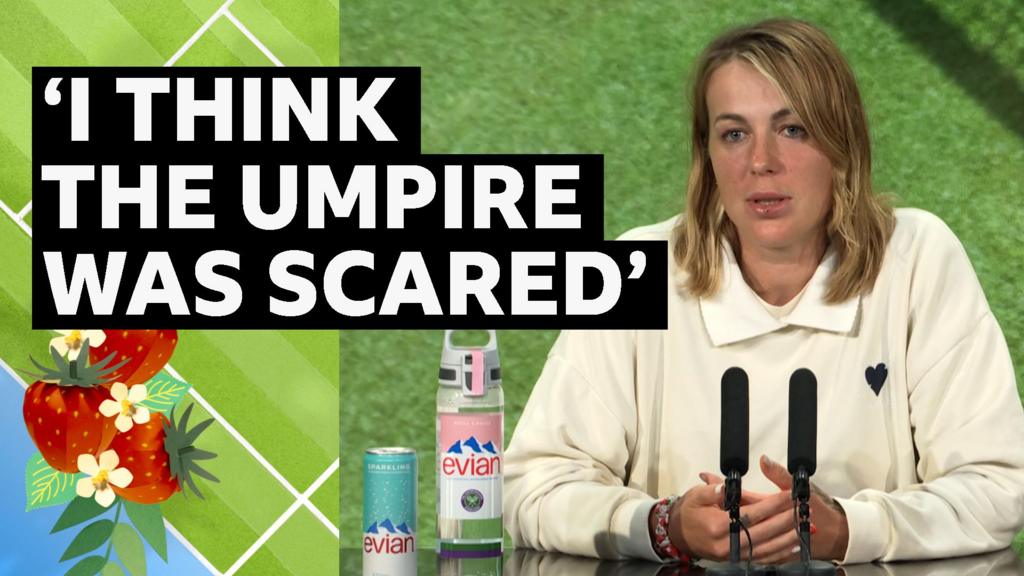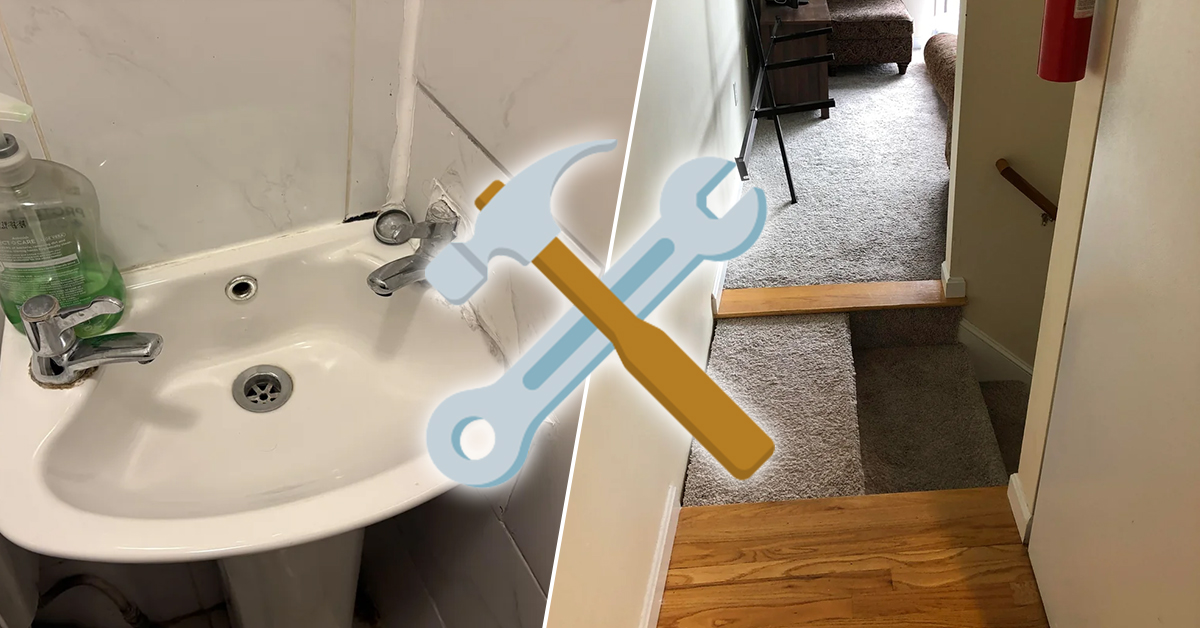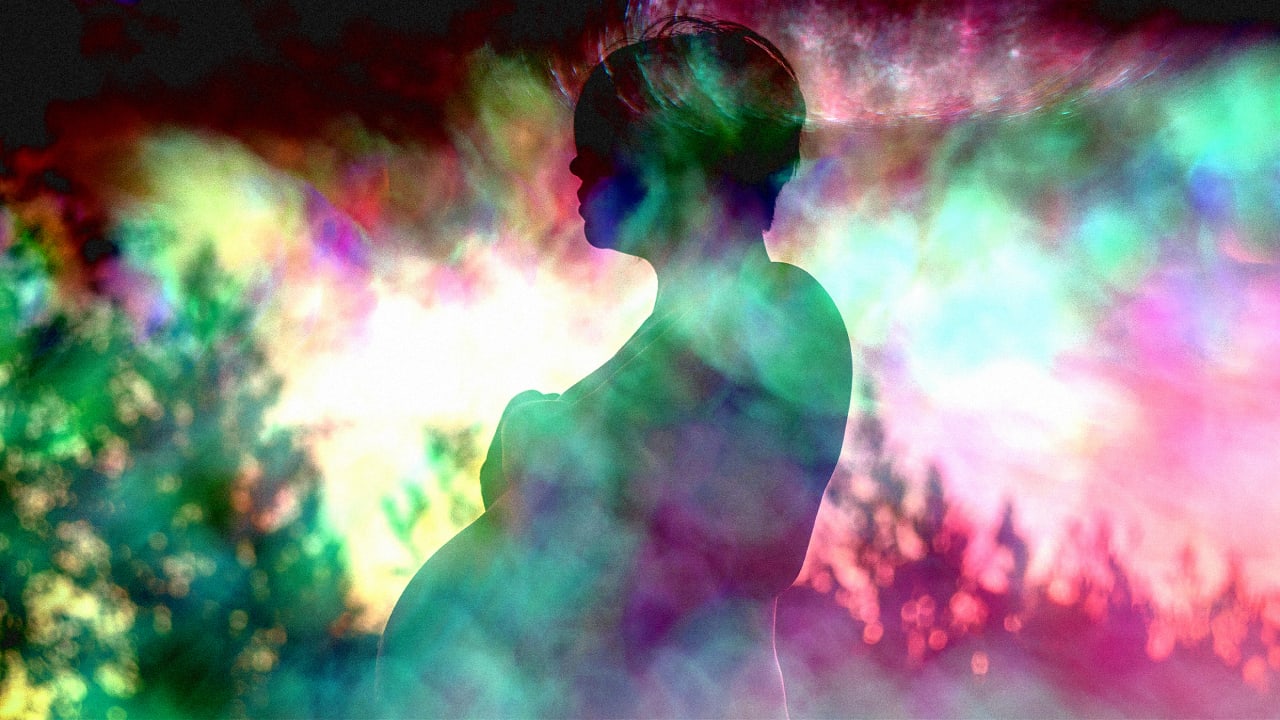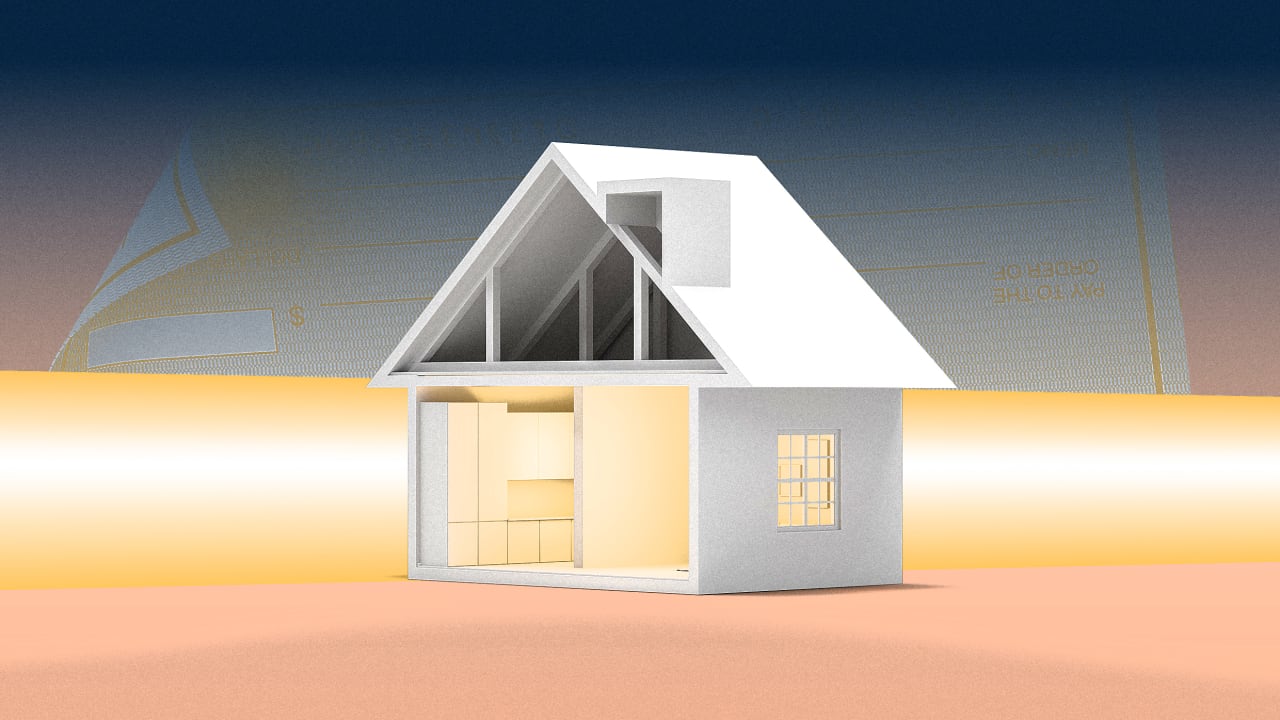Expert Retail Store Design Advice for Creating Engaging Shopping Spaces

Key Takeaways

- Create an Inviting Atmosphere: An effective retail store design focuses on crafting an engaging environment that resonates with your target audience, boosting customer satisfaction and loyalty.
- Optimize Store Layout: Implement an open floor plan with organized aisles and designated focal points to encourage smooth navigation and product exploration, increasing conversion rates.
- Leverage Visual Merchandising: Use eye-catching displays and consistent branding to attract customers and enhance their shopping experience, ultimately driving impulse purchases.
- Avoid Common Design Mistakes: Prevent overcrowded spaces and neglecting brand identity, as both can detract from the shopping experience and negatively impact sales.
- Incorporate Sustainability and Technology: Adopt eco-friendly materials and energy-efficient solutions, while integrating technology like interactive displays and mobile apps to elevate the customer experience.
Creating an inviting retail space can make all the difference in attracting customers and boosting sales. You might think it’s just about aesthetics, but effective store design goes beyond looks. It’s about crafting an experience that resonates with your target audience and encourages them to explore your products.
From layout and lighting to color schemes and signage, every element plays a crucial role in shaping customer perceptions. With the right design strategies, you can enhance shopper engagement and create a memorable atmosphere. Dive into this guide for essential retail store design advice that’ll help you transform your space into a thriving hub for business.
Importance Of Effective Retail Store Design

Effective retail store design significantly impacts your business, especially for small businesses aiming to attract and retain customers. A well-planned store layout and ambiance enhance customer satisfaction, driving repeat visits and increasing sales.
Impact On Customer Experience
Effective retail design creates a welcoming atmosphere, making customers feel comfortable and engaged. Your storefront, layout, and signage guide their shopping journey. Good lighting highlights key products, while strategic color schemes evoke desired emotions. A thoughtful arrangement of merchandise promotes exploration and encourages impulse buying. Prioritizing customer experience in your design fosters loyalty and enhances your brand’s reputation.
Influence On Sales Performance
Effective retail design influences your sales performance directly. Studies show that a visually appealing space increases average transaction amounts by up to 25%. Your store’s layout can streamline traffic flow, encouraging customers to explore various sections, leading to higher conversion rates. Attractive displays draw attention to featured products, enhancing visibility and prompting purchases. In competitive markets, a distinctive store design sets you apart, making your business memorable and driving sales growth.
Key Principles Of Retail Store Design

Effective retail store design focuses on creating a welcoming environment that encourages customer engagement. By applying key principles, you can transform your small business into an inviting space that drives traffic and sales.
Layout Considerations
Efficient layout plays a vital role in retail store design. Prioritize an open floor plan that encourages movement. Organize aisles to facilitate smooth traffic flow and ensure customers can easily navigate the space.
- Designate focal points in your store to draw attention.
- Position high-demand items towards the back to encourage exploration.
- Utilize signage to guide customers and highlight promotions.
Strategic placement of merchandise influences how shoppers interact with your products, improving overall shopping experiences.
Visual Merchandising Techniques
Visual merchandising enhances the appeal of your storefront and captures customer interest. Implementing effective techniques can make a significant difference in sales.
- Use eye-catching displays to showcase seasonal promotions.
- Employ consistent branding in your displays to reinforce brand identity.
- Rotate merchandise frequently to maintain freshness and encourage repeat visits.
Incorporate color schemes that connect with your target audience, evoking the desired emotions while shopping. A well-executed visual merchandising strategy not only attracts customers but also boosts impulse purchases.
Common Mistakes To Avoid

Avoiding common design mistakes is crucial for creating an effective retail space. Certain pitfalls can detract from the customer experience and hinder sales growth for your small business.
Overcrowded Spaces
Overcrowded spaces can overwhelm customers and reduce their shopping enjoyment. Ensure ample room for customers to navigate your store seamlessly. Keep aisles clear and avoid excessive displays that may distract from key merchandise. A well-spaced layout promotes exploration, allowing customers to engage with your products comfortably.
Neglecting Brand Identity
Neglecting your brand identity weakens the connection between your store and potential customers. Consistently incorporate brand elements, such as colors, logos, and themes, into your design. A cohesive brand identity enhances recognition and fosters loyalty, establishing a memorable impression that encourages repeat visits. Reflecting your unique style in your storefront reinforces your business’s personality and sets you apart in a competitive market.
Innovative Trends In Retail Store Design

Innovative retail design trends focus on creating unique experiences that attract customers and enhance their shopping journey. These trends incorporate sustainability and technology, enabling small businesses to stand out and connect with their audience.
Sustainability Practices
Sustainability practices in retail design prioritize eco-friendly materials and energy-efficient solutions. Incorporate recycled elements, such as reclaimed wood for fixtures or sustainable textiles for displays. Use LED lighting to reduce energy consumption, which can lower long-term costs. Additionally, consider incorporating biophilic design elements, like indoor plants or natural light, to create a healthier shopping atmosphere. Small businesses adopting these practices attract environmentally conscious consumers, enhancing brand loyalty and encouraging repeat visits.
Technology Integration
Technology integration improves customer experience in retail stores. Implement interactive displays that engage shoppers and showcase products effectively. Use mobile apps for location assistance or personalized promotions to enhance customer interactions. Incorporating contactless payment options streamlines transactions, making shopping more convenient. Embrace AR (augmented reality) to allow customers to visualize products in their own spaces before purchasing. By leveraging technology, small businesses create a modern storefront that meets the evolving expectations of today’s consumers, leading to increased sales and customer satisfaction.
Conclusion

Embracing effective retail store design is essential for capturing customer attention and driving sales. By focusing on key elements like layout lighting and color schemes you can create an inviting atmosphere that enhances the shopping experience. Remember to reflect your brand identity throughout your space to foster customer loyalty and recognition.
Incorporating innovative trends such as sustainability and technology can further elevate your store’s appeal. As you implement these strategies keep your target audience in mind to ensure your design resonates with their preferences. A well-designed retail space not only attracts customers but also encourages them to return time and again.
Frequently Asked Questions

What is the importance of creating an inviting retail space?
Creating an inviting retail space is crucial as it attracts customers and increases sales. An engaging store design focuses on customer experience and perception, making shoppers feel welcome and encouraging them to explore.
How can store layout affect customer behavior?
An effective store layout guides customer movement and promotes smooth traffic flow. By positioning high-demand items strategically and creating focal points, retailers can enhance exploration and impulse buying, leading to increased sales.
What role does lighting play in retail design?
Lighting significantly influences the store ambiance and customer emotions. Proper lighting can highlight products, create an inviting atmosphere, and enhance visual appeal, ultimately encouraging customers to stay longer and make purchases.
Why is visual merchandising important?
Visual merchandising enhances a store’s storefront appeal. Eye-catching displays, consistent branding, and regularly updated merchandise capture customer attention and encourage exploration, increasing the likelihood of impulse buys and repeat visits.
What mistakes should retailers avoid in store design?
Common design mistakes include overcrowding spaces and neglecting navigation paths. Retailers should maintain clear aisles and avoid clutter to ensure a pleasant shopping experience and prevent overwhelming customers.
How can retailers reflect their brand identity in store design?
Retailers can reflect brand identity by incorporating consistent brand elements, colors, and themes throughout their stores. Strong brand presence enhances recognition, customer connection, and fosters loyalty, encouraging repeat visits.
What innovative trends are influencing retail store design?
Innovative trends in retail design include sustainability practices, such as eco-friendly materials, and technology integration, like interactive displays and mobile payment solutions. These trends greatly enhance customer experiences and foster brand loyalty.
How does effective retail design impact sales performance?
Effective retail design can boost sales performance by creating visually appealing environments that encourage purchases. Studies suggest that well-designed spaces can increase transaction amounts by up to 25%, benefiting overall business growth.
Image Via Envato
This article, "Expert Retail Store Design Advice for Creating Engaging Shopping Spaces" was first published on Small Business Trends
What's Your Reaction?
 Like
0
Like
0
 Dislike
0
Dislike
0
 Love
0
Love
0
 Funny
0
Funny
0
 Angry
0
Angry
0
 Sad
0
Sad
0
 Wow
0
Wow
0















